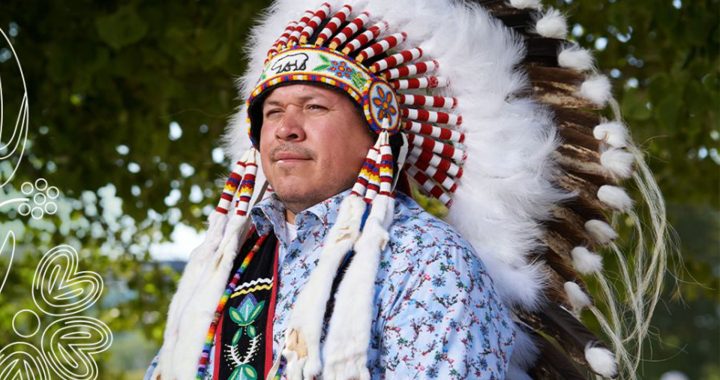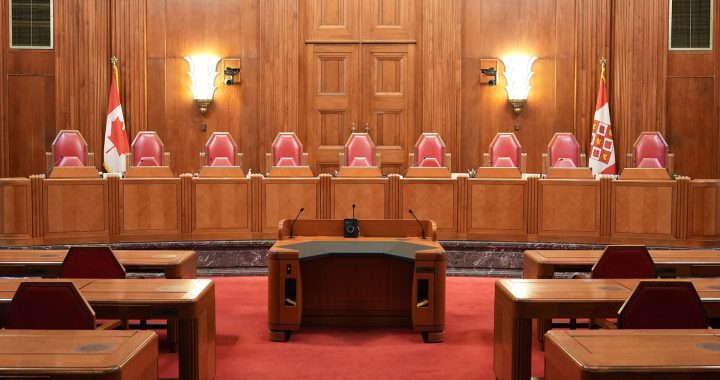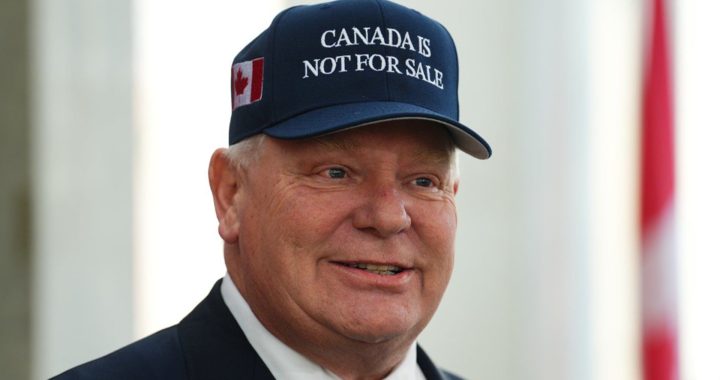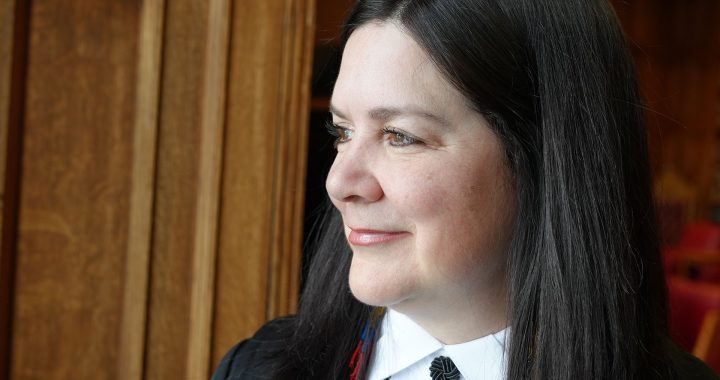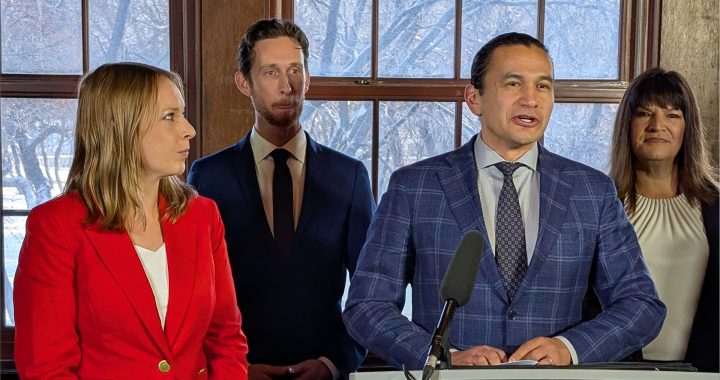Kanyen’kehà:ka in Kanehsatà:ke and Kahnawà:ke outside Montreal say the provincial and federal governments still owe them an apology over the events at the siege of Kanehsatà:ke, also known as the Oka Crisis.
But there are concerns about who is asking for one.
Next summer will mark 35 years since police and Canadian troops surrounded the community, eventually moving in and breaking up a barricade.
It started as a land dispute between the Kanyen’kehà:ka community and the town of Oka, but grew into a much larger issue through the intervention of the provincial police, the Canadian army, as well as the provincial and federal governments.
Oka was trying to develop a golf course on Kanyen’kehà:ka burial grounds, which resulted in resistance from Kanehsatà:ke and Kahnawà:ke community members, as they called for Kanehsatà:ke’s land to be returned and protected from development.
In return, officers with the provincial police force called Sûreté du Québec (SQ), and 4,000 troops from the Canadian military were sent to both communities armed with artillery, helicopters, military vehicles and police vessels to end the barricade in Kanehsatà:ke and the blockade of the Mercier Bridge.
Recently, at the Assembly of First Nations gathering in Ottawa, Kanehsatà:ke Grand Chief Victor Bonspille stepped up to the microphone and made a demand of Prime Minister Justin Trudeau.
“We would like an open apology and written apology that you sent your army to attack our nation,” demanded Bonspille.
Trudeau didn’t respond to Bonspille’s statement.
Bonspille is a member of what is known as the Iroquois Caucus.
For years, many involved in resistance in 1990 have been demanding an apology, including Katsi’tsakwas Ellen Gabriel. Gabriel was on the frontlines in 1990 and was the spokesperson for the barricade.
Gabriel says the Kanehsatà:ke band council (part of the Iroquois Caucus) was against Mohawk resistance in 1990.
“I think because it’s coming from the Iroquois Caucus, many of us are not thrilled with that,” she says. “The Longhouse people were the ones who maintained the barricades, not all, but the Longhouse people were negotiating with the government in 1990.”
The Iroquois Caucus did not respond to APTN’s multiple requests for an interview.
While some traditionalists say they don’t think the calls for an apology should come from the Iroquois Caucus because it is composed of band councils and not traditional longhouses, they agree it’s needed.
Despite her disagreement with the Iroquois Caucus, Gabriel says it’s still important people are thinking about what happened in 1990.
However, she says the communities should have been consulted and that they should be involved in crafting the language of the apology.
“The Longhouse people are to be respected and recognized,” says Gabriel. “It’s nothing personal against the individuals, but it’s really about the process and the protocols of requesting an apology, and it should be from the Haudenosaunee people.”
Legal Ramifications of an apology for the 1990 Siege on Kanehsatà:ke
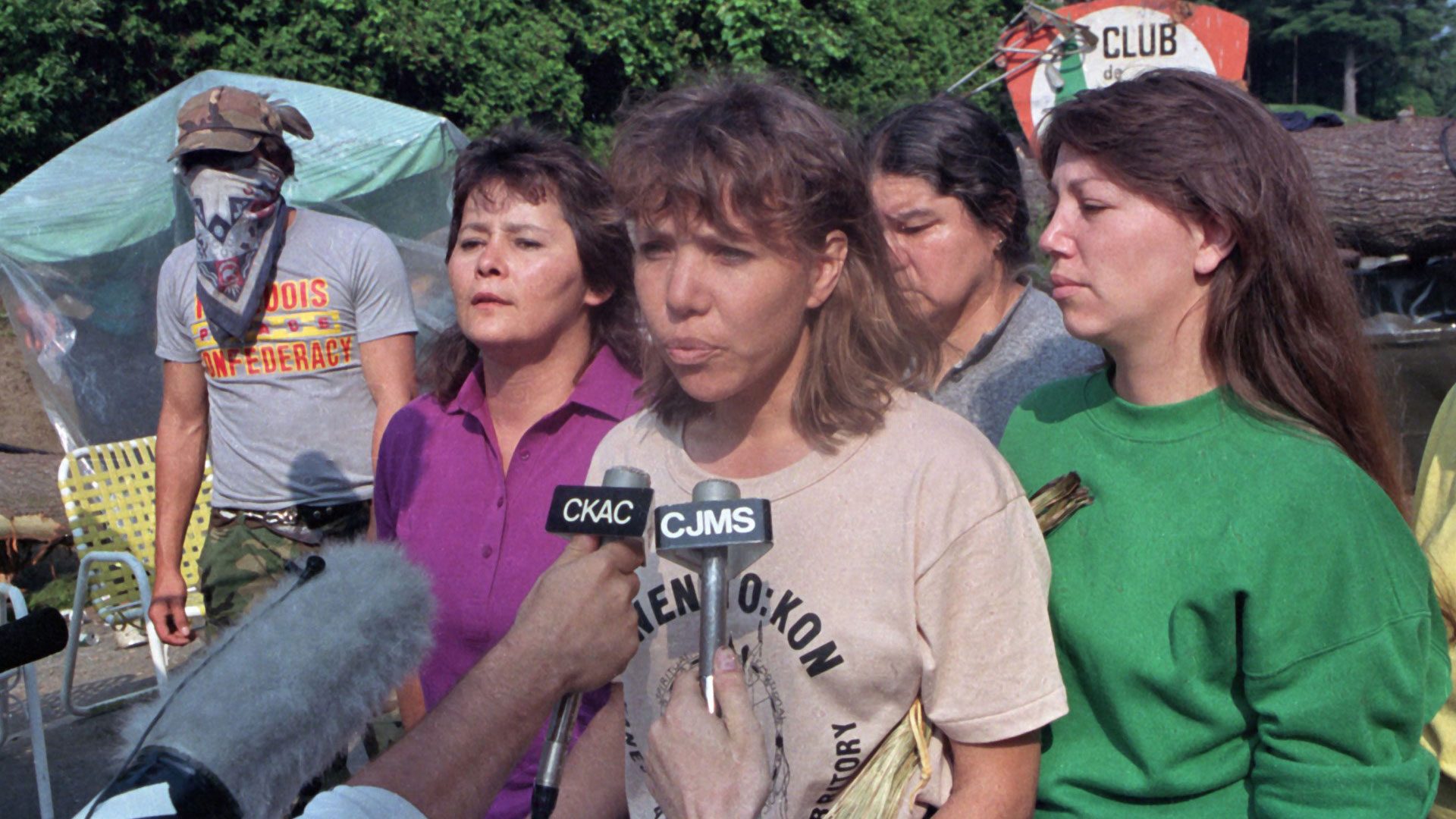
Gabriel says that a proper apology has legal ramifications which include reparations.
After the 78-day siege on Kanehsatà:ke, the federal government eventually purchased the land where the golf course was planned to be developed from the town of Oka. The feds have not transferred the title of this land to Kanehsatà:ke.
“They should be allowing us to get back our land,” says Gabriel.
Crown-Indigenous Affairs told APTN that two parcels of land adjacent to the existing golf course were acquired by Canada and transferred as Kanehsatake lands in 1990.
It said the land where the golf course was proposed was not bought by the federal government.
“Kanesatake lands, including parcels bought by the federal government over the years for the use and benefit of the Mohawks of Kanesatake, are governed through an agreement made in 2000 between the Mohawk Council of Kanesatake and Canada,” said spokesperson Anispiragas Piragasanathar.
“In 2001, this agreement became a law (the Kanesatake Interim Land Base Governance Act) and gives the Mohawks of Kanesatake control over how these lands are used and developed.”
For many, land back is the most important factor, much more important than an apology itself.
“An apology is nice, but actual land back would go a lot further,” says Kanehsatà:ke Vice-Chief Brant Etienne.
Etienne says an apology may help alleviate some of the trauma associated with the impact of the events on members of Kanehsatà:ke and Kahnawà:ke in 1990. However, he added that the real work is addressing issues that precede 1990 – including land disputes.
“I think what almost everybody in the community would like is to see land back,” says Etienne. “That was the whole core issue of the Oka Crisis, the expansion of the golf course into land that is traditionally ours.”
Etienne says the Kanehsatà:ke Band Council is in negotiations with the federal government over land claims and that this has been ongoing since the 1980s.
Calls for Other Key Players to Apologize
The Iroquois Caucus is calling for the federal government to apologize, but others are asking for more than the federal government to apologize.
“The mayor of Oka got a court injunction claiming that the Mohawks were blocking a vital artery, and all it was was a dirt road to get machinery into the golf course,” says Kanyen’kehà:ka Elder Kenneth Deer.
He says the town of Oka, the SQ and the government of Quebec owe an apology for what happened in 1990.
The municipality of Oka and the government of Quebec did not respond to our requests for a response on the demand for an apology before our deadline.
Read More:
Mohawk land dispute unresolved three decades after Seige of Kanehsatake
The SQ responded to our request, stating that the events of 1990 were subject to a coroner’s inquest, at which recommendations were made by Coroner Guy Gilbert.
“The Sûreté du Québec, with a view to continuous improvement, took note of these recommendations and took the necessary action to implement them,” says SQ Lieutenante coordonnatrice Ann Mathieu. “We continue to work together and listen to all the communities with which our organization interacts on a daily basis.”
The raid conducted by the SQ resulted in a death of one of its officers.
“We knew that the night before that the raid was imminent and we had the reason for the guns,” says Joe Raronhianonha Deom. Deom was part of the negotiation process between the Kanyen’kehà:ka, the provincial and the federal governments in 1990.
He says this is how the shooting of SQ Cpl. Marcel Lemay took place. Lemay was shot and killed during the SQ raid in Kanehsatà:ke on July 11, 1990. It has still not been determined who shot at Lemay.
The Canadian army was eventually called to assist.
“Canada sent more personnel to the Oka crisis than it did to Iraq, to join the Iraq war [1990 to 1992], and so their behavior was questionable,” says Deer.
In comparison to the 4,000 troops sent to Kanehsatà:ke and Kahnawà:ke, several hundred Canadian soldiers were sent to Iraq.
On Sept. 1, 1990, the Canadian army advanced on the barricades guarded by approximately 40 Kanyen’kehà:ka activists and dismantled the barricade the following day.
Still almost 35 years later, community members say they feel the effects of what happened in 1990 in both Kanehsatà:ke and Kahnawà:ke.
“This would be an apology to not just the warriors, but to all the families that were harmed in this,” says Bonspille.
Editor’s Note: The story was updated on Jan. 8, 2025 with a comment from the federal government.




